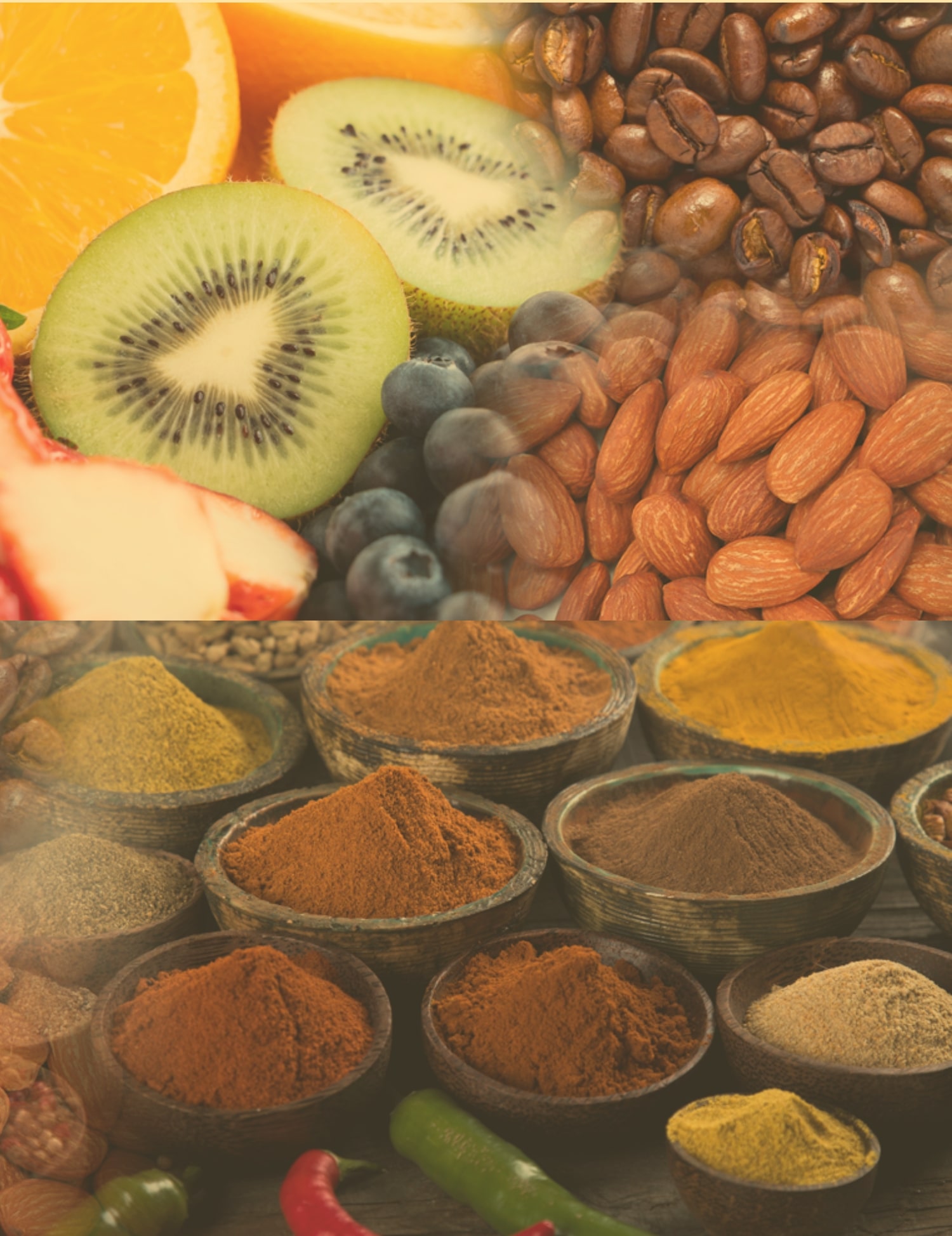Utilizing the cryogenic temperature (-196°C) of liquefied nitrogen
Cryogenic and Freezer Grinding is applicable even to Food Materials with high moisture and oil content.
Pulverization of food materials while maintaining their unique taste, aroma and heat-sensitive components


Frequently asked questions
Why food materials are ground at cryogenic temperatures?
What are the characteristics of cryogenic and freezer grinding?
Also, nitrogen is used to prevent oxidation during the grinding process.
Can food materials with high moisture/oil content be ground?
However, the state after grinding depends on the material.
[Food materials that contain much moisture content]:
The powdery state is maintained when they are frozen; however, after a few minutes of standing at room temperature, they gradually melt and eventually become liquid.
* We can also perform the entire process until drying using technologies of our partner company.
[Food materials that contain much oil content]: (Solid oil at room temperature → hydrogenated fat, chocolate, etc.)
Since even after the grinding, the temperature does not rise above room temperature, the powdery state can be maintained regardless of the ground particle size.
[Food materials that contain much oil content]: (Liquid oil at room temperature → sesame seed, almond, etc.)
When they are left to stand at room temperature, oil may seep out from the inside and they may turn into paste, just as with food materials that contain much moisture content. However, if they are not ground too finely, they can be kept in powder form at room temperature.
The particle size can be adjusted during the trial grinding, so please feel free to consult us.
Can allergens be ground?
However, other allergens can be ground. * Please disclose the contained allergens in advance.
How do you clean the grinder?
After cleaning, we check the cleanness of the grinder by subjecting it to ATP/coliform group wipe tests and sterilize it with
hypochlorite water, and after confirming that there are no abnormalities in the test result values, we assemble the grinder.
What are the uses of ground materials?
What specific food materials can be ground to what degree of fineness?
However, productivity needs to be considered separately.
Does cryogenic and freezer grinding have a sterilizing effect?
Although bacterial growth does not occur during the grinding process, there is a possibility that latent bacteria in the materials may appear since the surface area becomes large.
Can you accept only trial grinding?
◎ Trial samples: up to 6 conditions/day
◎ Quantity of raw materials: Up to 30 kg/day in total
◎ Cost: 100,000 yen/day *If raw material size exceeds 5 mm square, please consult us separately.
◎ Factory acceptance criteria: Coliform group negative/0.1 g and general viable bacteria count 100,000/g or less (We can also conduct a bacteria test at the time of trial grinding.)
◎ Particle size attained: Average diameter over 10 to several 100 μm * Depends on the raw materials.
Can the food material be any size?
However, we also have a primary grinder, so please consult us about food materials larger than 5 mm.
How long does it take to deliver trial ground product after sending the food materials?
What are the benefits of contract grinding?
What is your grinding capacity?
* The grinding method is the same for all machines.
* The grinding capacity varies depending on the nature of the material, shape of the material and desired particle size.
What is the yield (yield rate) and the amount of loss during grinding?
Others
Our representative will contact you.



